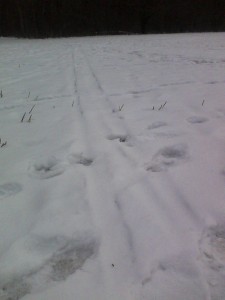Yesterday, I spent the morning reading sixteenth-century Spanish reports of their Philippine colonial endeavor on my Kindle. Yes, Emma Helen Blair & James Alexander Robertson’s The Philippine Islands, 1493 – 1898 is digitized (at least partially). It was the first thing I downloaded when I got my e-reader last year. Facetime: By evening, I was sitting with other bibliophiles, artists, and writers in a real living room with people lovingly handling the binding and pages of books written in Hebrew, Yiddish, and English with fine illustrations and gilded edges. One was 100 years old; the dust on the spine was real.
Ten years ago, cheery and beautiful YA historical novelist Harriette Gillem Robinet was the first person I heard urge writers to use Inter-library loan to borrow books from the Library of Congress. What freedom of the mind! To be able to borrow books from the national library where they collect titles you can’t find in your city or state libraries. When you’re researching something as seemingly remote (to some) and obscure (to others?) as the 16th century Philippines, it’s brilliant to have the LOC at your fingertips. Now, they’re online and you can search their catalogs. I drool.
Today, I’m in the final push…to really lock-in what I know and what I don’t know about my historical characters. So, for the last 2 weeks, it’s been a headlong rush into titles that are found regionally in Cebu – which is fabulous, except that I live in Chicago. What can a fictionist in the diaspora do?
This morning, my fingertips took me to World Cat (World Catalog) which purportedly has 1.5 billion items online. Google Books allows you to search inside many of its digitized books (“millions”). Refdoc.fr in France allows you to buy articles in academic journals and have them sent either via snailmail or electronically.
The state of human knowledge is changing every hour. For me, way out here in the Midwest, so far from the Philippines, it’s a godsend to be able to access the work of experts in the fields of Philippine anthropology, history, and literature.
Cutting edge technology in the service of history…who knew?
– MGB


